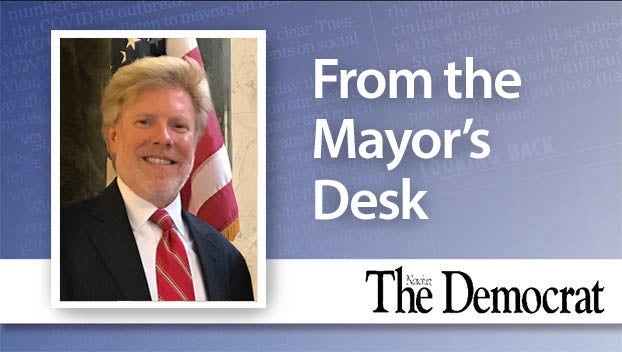Political parties change their spots
Published 12:01 am Wednesday, October 3, 2018
From the 1850s into the mid-20th century, white Southerners voted for the pro-slavery, pro-segregation Democratic Party almost without fail. Over the same years, where blacks could vote, they voted for “the “party of emancipation,” the Republicans. Today, these racial voting tendencies are reversed. What happened?
Understanding Republicanism requires a focus on its unchanging pro-business goals and the changing means employed to achieve them. In the 1850s and ’60s, since slavery and the disproportionate power of slavocrats were judged to be not only immoral but bad for business, most Republicans wanted a more powerful and activist federal government to stop slavery’s expansion, then wage a war to prevent slavery-inspired secession, then abolish slavery, and finally decree racial equality as a way to rein in the former slavocrats.
But by the end of post-war Reconstruction, this last “Radical Republican” stance seemed bad for business. Republicans continued to pontificate mightily about racial justice, but acted feebly. With their pro-business agenda now secure, the activist “Party of Lincoln” became the hands-off “Party of Laissez-Faire.”
Understanding the Democratic Party requires a focus on changes in its core constituency. In the 19th century, that was white southerners. Racism was never confined to the South, but it was that region’s racial obsessions that dictated the program of the national party.
However, the working class in the North also voted Democratic, and as its numbers swelled in the 20th century the party’s average voter became Northern and urban rather than Southern and rural. Unsurprisingly, the party’s agenda changed, and slowly began to include civil rights.
By the late 1940s, some Southerners were plotting defection. But certainly not to the meddlesome party of Lincoln. Rather, to the Party of Laissez-Faire, attractive for purely economic reasons to the South’s growing “sun-belt” middle class, but also attractive due to its inclination to let the states do as they pleased on racial issues.
And then came the Civil Rights Act of 1964, which controversially moved beyond desegregation in government-funded institutions, and required it in “public accommodations” (privately owned hotels, restaurants, etc.).
After relentless pressure from civil rights activists, the bill’s passage was driven by President Lyndon Johnson, a Democrat. In Congress, northern Democrats overwhelmingly supported the bill, but so did Republicans. The relevant divide, then, was not partisan but regional. Southerners, regardless of party, voted no. Crucially, though, one of the few non-Southern naysayers was Republican Senator Barry Goldwater from Arizona. In a resounding grass-roots rebuke to the party’s congressional delegation, he won the Republican nomination for President only two months later.
Goldwater was no racist. He was a genuine small-government libertarian, opposing government mandates of any sort, asserting that “Forced integration [as required by the Act] is just as wrong as forced segregation [as required by state Jim Crow laws].”
He also believed that government “social engineering” to eradicate racism was futile. Of course, as we have seen, for 300 years at every level of government there had been highly successful social engineering to manufacture those racist views in the first place. No, Goldwater was not racist. He was merely enthralled to a historically ignorant libertarian dogma.
But in the “land o’ cotton” where, supposedly, “old times are not forgotten,” selectively forgetting history was the regional religion. While losing in November, Goldwater swept the white vote in the Deep South. Responding in kind, though, formerly Republican black voters were moving in the opposite direction. It was a trade-off — white voters for black — the Republicans were happy to make. It would become the centerpiece of their new “Southern Strategy.” Next time.
JIM WIGGINS is a retired Copiah-Lincoln Community College history instructor.





